SUMMARY
This is AI generated summarization, which may have errors. For context, always refer to the full article.
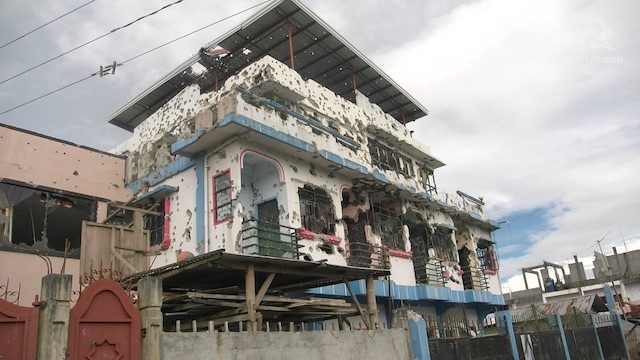
MANILA, Philippines – A bullet to the chest killed Abu Sayyaf leader Isnilon Hapilon, the touted emir of the Islamic State (ISIS) in Southeast Asia, past midnight on October 16. Another bullet hit the head of Omar Maute, a highly educated Islamic scholar who wanted an Islamic caliphate in the Philippines.
Hapilon and Maute’s reign of terror in the Philippines ended with their deaths. A week later – on October 23, 2017 – Defense Secretary Delfin Lorenzana announced that the remaining fighters in the battle area had been dealt with. The war is over.
Marawi, a predominantly Muslim city of 200,000 people, begins to face the hard challenges of rehabilitating a battle area ravaged by the war and addressing the radical ideology that allowed the local armed groups to recruit members among residents.
We’re putting together here Rappler’s key reports on the longest, and bloodiest Philippine military operation since World War II.
FIRST WEEKS
Where the Marawi war began: The safe house in Basak Malutlut
A botched raid on May 23 triggered the war in Marawi City. Abu Sayyaf subleader Isnilon Hapilon, the supposed emir of Islamic State (ISIS) in Southeast Asia, was spotted inside a safe house in a village called Basak Malutlut. Troops raided the house to get him but they were met by heavy volume of gunfire.
As Hapilon escaped, black-clad residents rushed to the streets carrying firearms and waving ISIS black flags as they attacked strategic points around the city. President Rodrigo Duterte declared martial law in the entire Mindanao.
The military said the raid preempted a bigger plan by Hapilon and the homegrown Maute Group to attack the city on the first day of Ramadan, May 26. They wanted to carve their own territory and establish an Islamic caliphate in the predominantly Muslim city. (READ and WATCH the full story here.)
A prayer for Marawi’s hostaged priest
“Na–hostage kami Bishop (We have been taken hostage, Bishop).”
These were the words of Reverend Father Teresito “Chito” Soganub early evening on May 23 as he spoke to Marawi Bishop Edwin dela Peña over the phone. The captors wanted the bishop to negotiate their escape from Marawi. Thus begins a Catholic priest’s 117 days of captivity. (WATCH here or READ here.)
A most daring escape in Marawi

Marawi City is notorious for loose firearms. Residents ignored the clashes in Basak Malutlut thinking it’s just another rido or clan war that should end as abruptly as it started. But it didn’t stop and on the second day, residents fled the city in droves.
Escape wasn’t so easy for others who were trapped inside villages occupied by the terrorists. Abdullah Linogaman and his son thought they can stay in a relative’s house and wait for the war to end. When the fighting got worse, they left the house to hide in the mountains, where they met other residents. When days passed and the fighting showed no signs of ebbing, they gambled their lives to escape the local terrorists and then braved the fast currents of Agus River to reach the position of the military. But the nightmare didn’t end there. Relive the terror here.
Saving the Christians in Marawi
“I told my Christian friends that I will die first before they kill you,” ARMM Vice Governor Norodin Alonto said. Inside the battle area in the first weeks of the war, Maute fighters often checked on the house of Lucman to see if they were okay and if they had enough food. Lucman is a traditional religious leader that the fighters wanted on their side. He refused offers of food even when they were running out of supply. He didn’t want them to find out he was hidings dozens of Christians inside his home.
They waited for the rescue that wouldn’t come. One day he risked it and marched out with the Christians to safety. (WATCH the inspiring story here)
TERRORISTS
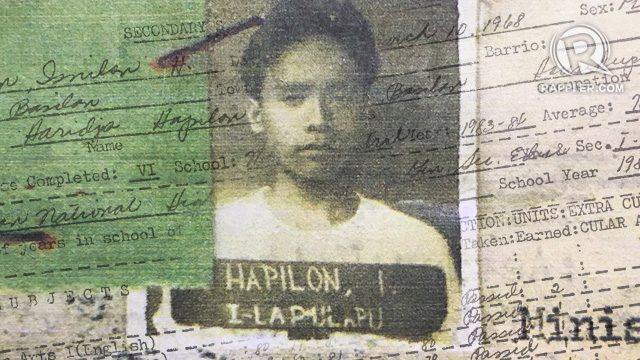
What the transcripts of ISIS follower Isnilon Hapilon shows about his childhood
Isnilon Hapilon was a veteran terrorist leader based in Basilan. He was responsible for so many atrocities in the Philippines. Before Marawi, he led a faction of the Abu Sayyaf Group that is notorious for its kidnap-for-ransom activities in Mindanao. He was in the most wanted list of the US Federal Bureau of Investigation and had a $5-million bounty on his head.
In Marawi, Hapilon joined the homegrown terrorist group, the Maute Group, whose highly educated leaders also pledged allegiance to the international terrorist organization. Like them, Hapilon appeared to have a privileged life before they became leaders of armed groups that espoused radical ideologies. (READ about Hapilon’s childhood here)
Terror in Mindanao: The Mautes of Marawi
The Maute family of Lanao del Sur has a long history of links with international terrorist groups. The matriarch, Farhana, used her commodity training business in Surabaya, Indonesia to help Al Qaeda-linked Jemaah Islamiyah move its personnel, funds, and supplies. The military used the Maute couple to trace and kill a JI operative here, according to a military officer privy to the operations.
The military had since relaxed on the family. Little did they know that the sons would soon bring into the country the ideology of a terrorist group even more radical than Al Qaeda: that of ISIS. (READ the family profile here)
I met a Maute fighter. He is a child.
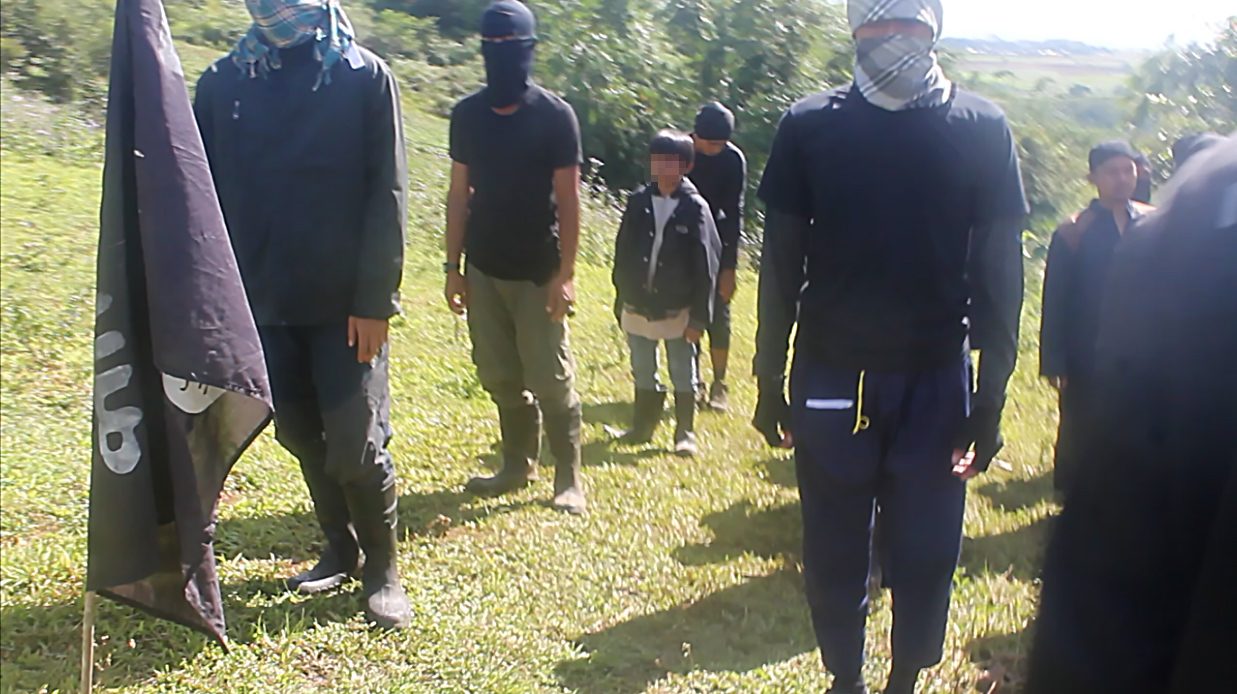
The local terrorist groups employed child warriors in Marawi City. They were as young as 10 years old and were the fiercest among the fighters, according to former Maute hostage Lordvin Acopio. “Matatapang. Mas pursigido. Mas may gustong patunayan (They were brave. They were more determined. They wanted to prove themselves),” Acopio said.
We met a former Maute child soldier in the early weeks of the war. He found himself relocating to the town of Butig after the couple Cayamora and Farhana Maute made an offer to his mother they’d make him study the Koran. He was indeed taught how to read the Koran. But he was also taught how to kill. (READ his story here)
Foreign fighters join Marawi war
Foreign fighters also came to help. A video recovered from the safe house in Basak Malutlut shows Malaysia’s top militant Mahmud Ahmad planning the attack with Hapilon and the Maute brothers. He is believed to have channeled at least P30 million ($600,000) to finance the attack in Marawi. (READ here)
SOLDIERS
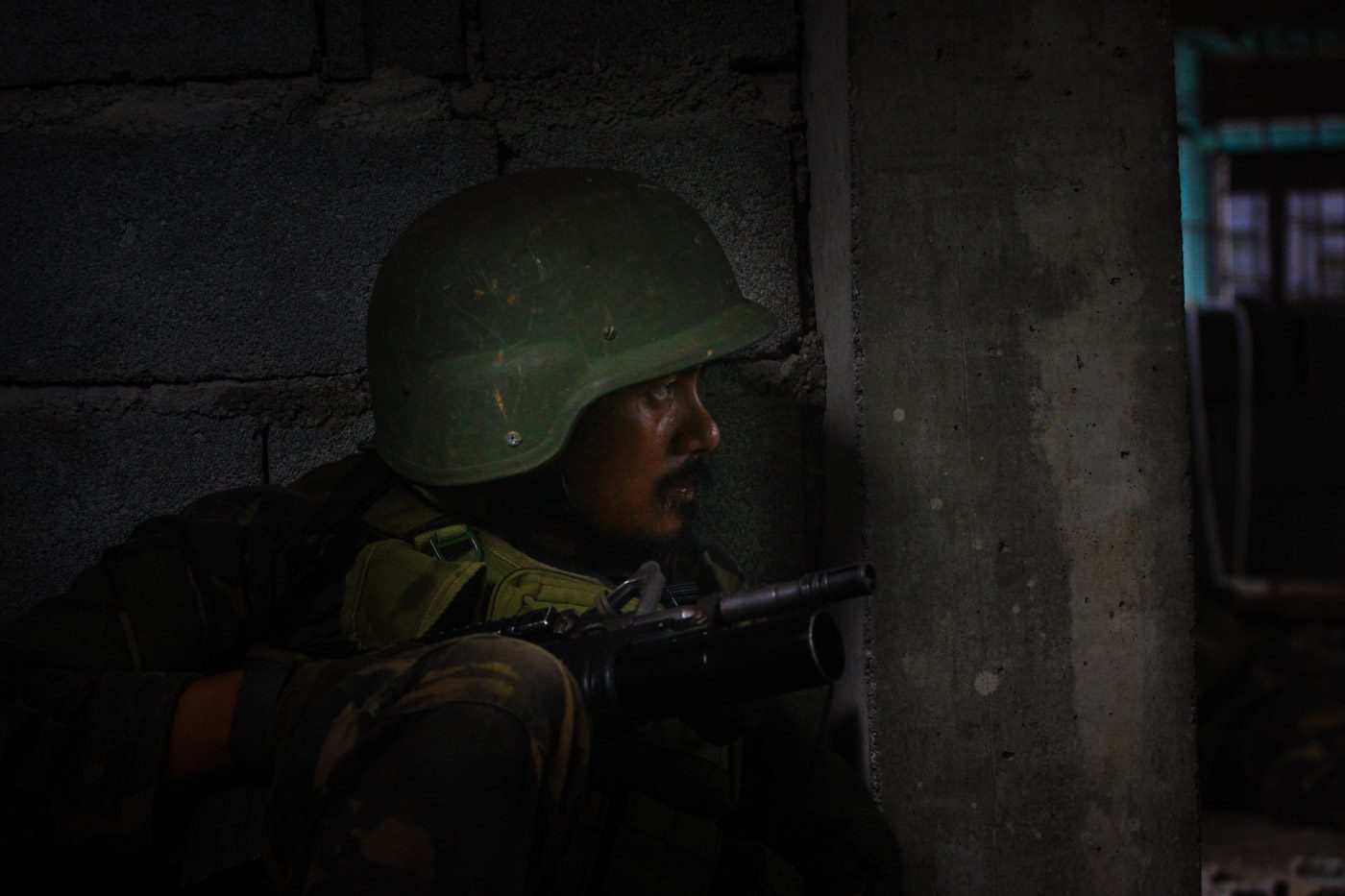
Marawi battle area: Urban warfare challenges PH military
Filipino soldiers are battle-tested by decades of insurgency and rebellion. But Marawi is different. The urban terrain – a dense city where buildings are made of hardened concrete – was a challenge to troops used to fighting in the jungles. The fighting was block by block, house by house, and room by room. On the ground, it was sniper versus sniper.
Philippine Army chief Lieutenant General Rolando Bautista, the former ground commander, told Rappler in an interview the troops were not prepared for the sniping skills of the enemy. The mission was complex. Troops had to neutralize the terrorists while making sure the hostages remained safe. (READ here or WATCH here)
How an Army captain died saving his soldier in Marawi
Captain Rommel Sandoval made it his vow to make sure not a single man under his watch would die in Marawi. When he saw Corporal Jayson Mante take bullets while they were clearing one of the tallest buildings in the battle area, he asked his men to provide cover fire and rushed to get him.
He was pulling his soldier to safety when a bullet hit the side of his torso. Another hit his neck and a 3rd – the fatal shot – hit his cheek. As more bullets came flying, Sandoval crawled on top of Corporal Mante to shield him. Sandoval is the highest-ranking officer killed in the war. Mante survived. (READ his story here)
LONG WAIT FOR THE WAR TO END
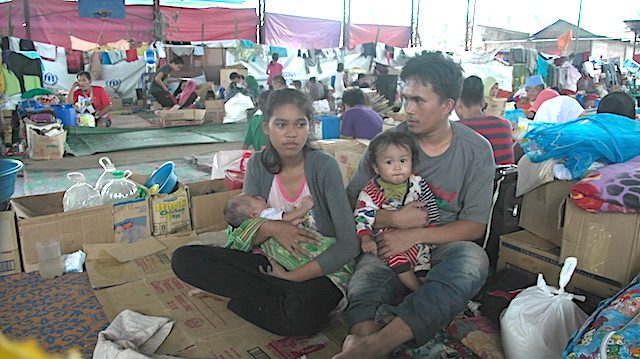
Marawi evacuees beg Duterte: End war, martial law now
The war displaced about 400,000 people in Marawi City and nearby towns, according to the provincial government. Most stayed with relatives in nearby towns and cities. Others lived in evacuation centers. In the biggest evacuation center in nearby town Saguiran, families sleep on mats that grow cold at night against the cement floor of the multi-purpose hall.
It was here that 18-year-old Ina Daroh delivered her second child. She was afraid her children would get sick – the same concern that always worries Jasmin Ali, a mother to 5 children. (WATCH their stories here)
Marawi: Where the military rules and LGUs take a backseat
Martial law remains in full force in Marawi. Beyond checkpoints and curfews, soldiers have the last say on where people could go, what they can do, and when they’re allowed to do it. The military said it is important that movements inside the city are strictly monitored to secure the safety of civilians, prevent entry of men who could reinforce terrorists, and stop fighters from escaping the battle area.
The local officials said they understand this. But there were times when protocols delayed government services. Troops also suspected Marawi residents of helping the Maute fighters. “It also hurts us to hear that they suspect us of treating the enemies,” said a provincial health official in a mix of English and Filipino. The residents also accused the soldiers of looting their houses. The military blamed the local terrorists. (READ the story here)

A love story: Marawi evacuees tie the knot in evacuation center
The elaborate wedding gown of Norinsha Basher, the barong of Jomar Saumay, and the festive sound of kulintang and traditional drums lifted the spirits of the evacuees staying in the tent city in the town of Pantar on September 15, 2017.
Life goes on despite the difficult situation in evacuation centers. Displaced Marawi residents make the best of their situation. A Maranao wedding was underway to bind evacuees who found strength in each other. No less than Defense Undersecretary Cesar Yano flew in from Manila to attend the wedding, inspired by the love story forged amid the war. He knew the sufferings of evacuees away from their homes. (READ the story here)
HOSTAGES REGAIN FREEDOM
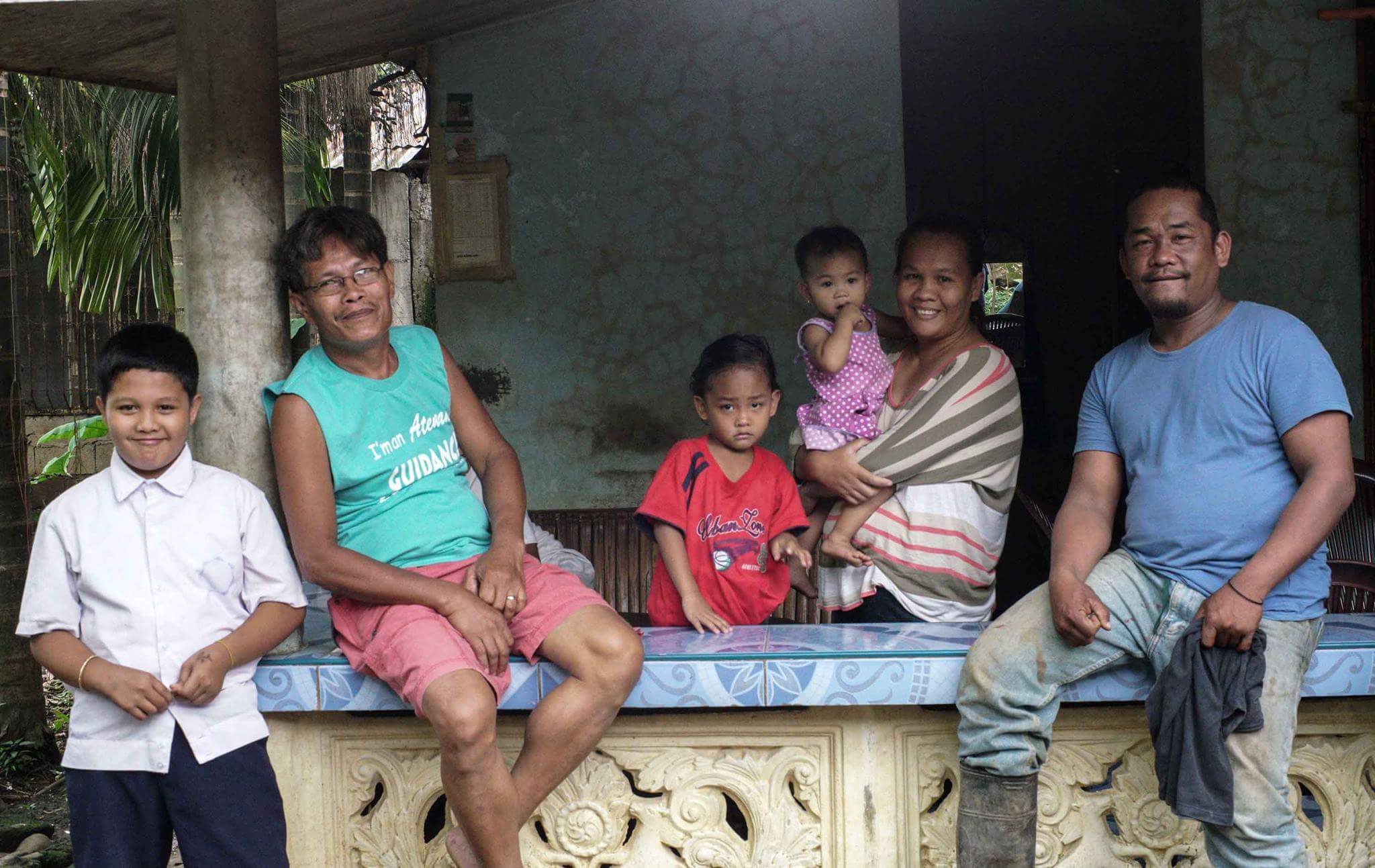
A family’s tale of terror, hope, faith during the Marawi siege
Inside the battle area, hostages suffered in the hands of their captors. They moved from one building to another to evade advancing troops and air strikes. They threatened to kill them if they attempted to escape. They forced them to convert to Islam. And they made a mother watch her 15-year-old daughter being raped inside the battle area. The child got pregnant but suffered a miscarriage.
One family witnessed a Maute child soldier slice through a man’s neck to behead him. “It took almost 5 minutes to cut through. I screamed inside my head, holding back my tears as they commanded us to shout, Allahu Wakbar (In the name of God),” said Ronnel Samiahan, recalling the beheading of a fellow hostage that they were forced to watch. (READ Samiahan’s harrowing story here)
The life of a Maute hostage in Marawi
Out of all the hostages, Dansalan College teacher Lordvin Acopio seemed to have gained the trust of the terrorists. He came face to face with Isnilon Hapilon and Omar Maute, one time spending a moment to pray with them at the former enemy stronghold, Safrullah Hospital.
They trusted him to tend to wounded Maute fighters. When Omar Maute caught him crying once, he told Acopio in Filipino: “Omar, do your job like you’re doing humanitarian work. They are fellow humans. Don’t do this because they are your captors.” Acopio said they didn’t expect him to be the one to escape, of all people. He and Father Chito, while learning to live with their captors, hand long planned their escape. (READ Acopio’s gripping narration of events here)
FINAL PUSH
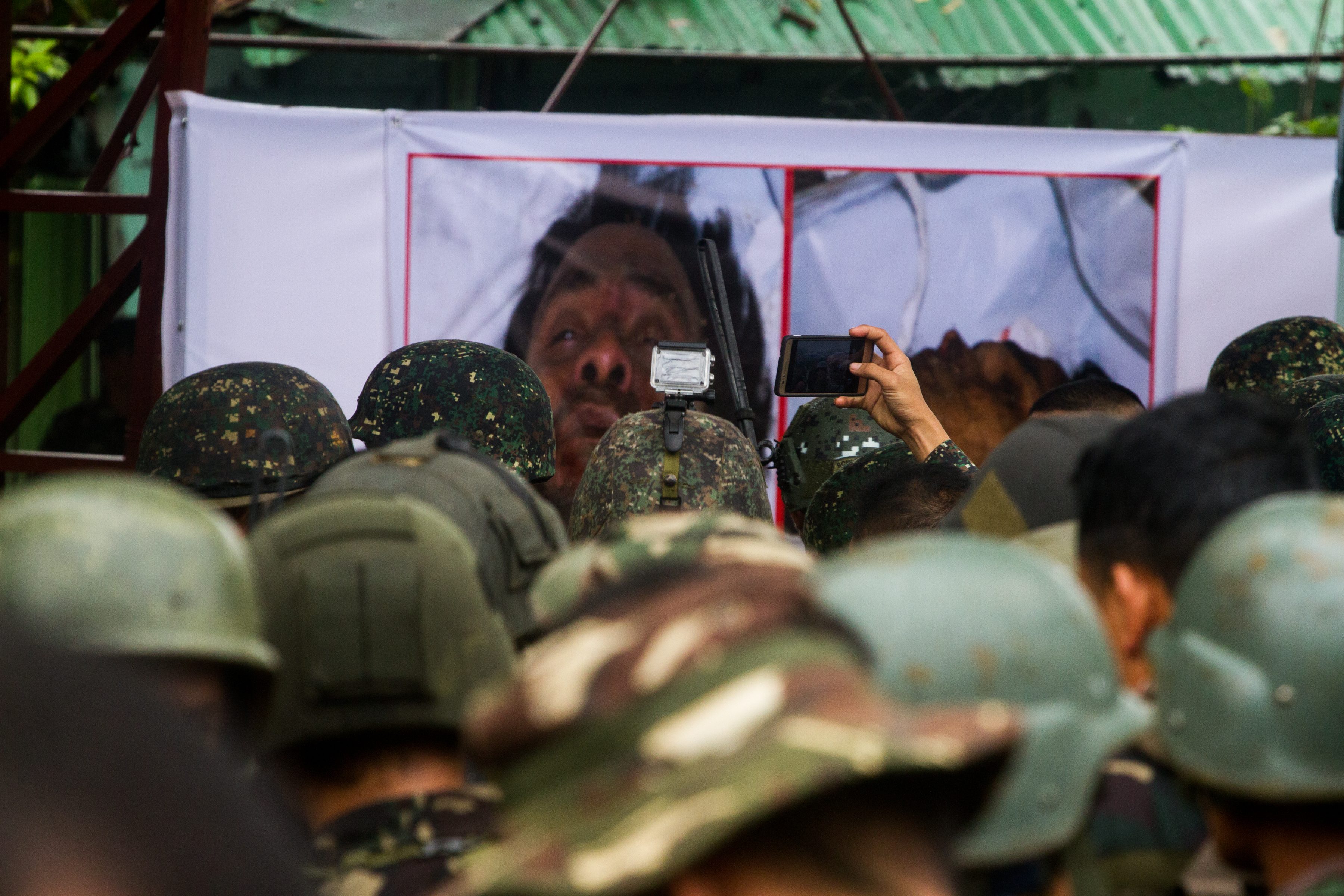
The final push: Inside the Marawi battle area
In early September, the then ground commander, Philippine Army chief Lieutenant General Rolando Joselito Bautista, declared the final push to end the war in Marawi City. They believed troops had penetrated the final defensive positions of the local armed groups, where they concentrated their firepower to prevent any assault force from advancing.
As troops closed in, a new problem emerged. There were too many improvised explosive devices (IEDs) that made the terrain even more complex. Troops had to move fast to evade enemy snipers but they couldn’t move too fast because they risked tripping on handmade bombs. The death toll rose. Rappler was among the first media organizations to enter the main battle area. (WATCH it here)
Top Marawi siege leaders killed in clashes
It was early morning of October 16. Troops dragged the bodies of enemies they killed during the night to properly account for their deaths and to give them a proper burial. Lo and behold, one of them was Isnilon Hapilon himself and the other was Omar Maute. The bodies were brought to the headquarters of Task Force Trident inside the battle area, which reported the deaths to their commanders. The generals immediately flew into Marawi to see the remains. The following day, President Rodrigo Duterte declared the “liberation” of Marawi City from “terrorist influence” even as the fighting with supposed stragglers continued.
Five months since the war erupted, over a thousand people were killed, including 165 government forces, over 900 terrrorists, and 47 civilians, based on the latest military report. Bodies retrieved in advanced stages of decomposition were laid to rest in mass burials. (READ how Hapilon’s reign of terror ended here or WATCH here)
Marawi combat operations over – Lorenzana
It would take another week for the military to deal with the remaining Maute fighters in the battle area. The final assault happened in a mosque near Lake Lanao, where the enemy made a final stand.
On October 23, 2017 – exactly 5 months since the war erupted – Defense Secterary Delfin Lorenzana declared the battle in Marawi is over. (READ here)
AFTERMATH
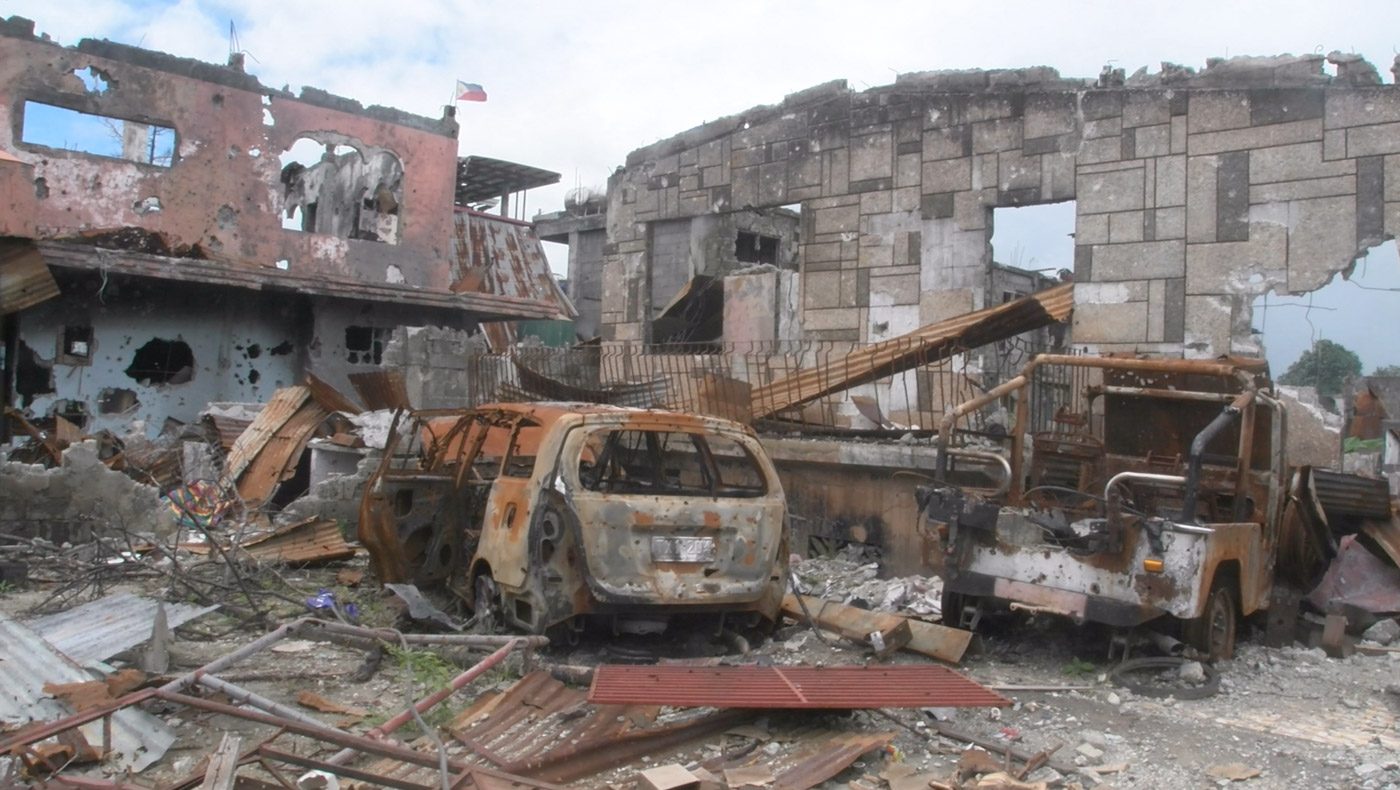
Marawi mayor gets emotional seeing houses in battle area
When his vehicle moved deeper into the battle area in his neighborhood of Barangay Dansalan, Marawi City Mayor Majul Gandamra imagined the faces of his neighbors as he passed by their houses one by one. How would they react when they see the destruction? The fighting left a big part of Marawi in ruins. When the military finally allows residents to return to the main battle area, many of them will find out they no longer have homes to go back to.
The government said it would allocate P50 billion to rehabilitate Marawi. The military said they will prioritize the mosques, roads, hospitals, and other public infrastructure. The mayor said private house owners need assistance, too. (WATCH here or READ here)
Photos show Marawi anscestral home before and after clashes
When he came face to face with the destruction of his ancestral home, crisis spokesperson Zia Alonto Adiong found himself on his knees as military officers who brought him inside the battle area watched.
“I did not imagine the extent of the damage. I saw photos and thought we could still restore it. It’s a different feeling just seeing the photos. When you see actually see the destruction, you can begin to imagine how it was destroyed. You imagine where the bullets hit and where they came from,” Adiong said. (READ the story and SEE the photos here) – Rappler.com
Add a comment
How does this make you feel?
There are no comments yet. Add your comment to start the conversation.